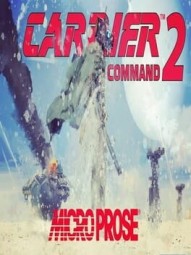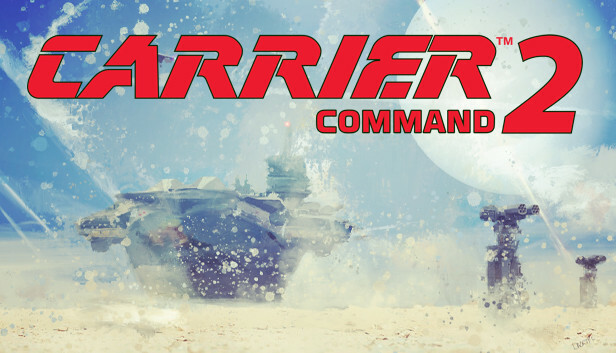

In the late 1940s, the most powerful turbo-prop engine available was the BK-2 prototype which had significantly less thrust (4800-shp). After studies on different engine combinations and versions, the final design of the aircraft incorporated four turbo-prop engines with a thrust of about 10,000-shp.

The greatest difficulties during the development were the engines. The tail of the aircraft is a fin that is swept-back and tapered with a square tip. It also has a stepped cockpit and a tail gun compartment. The fuselage of the Bear is tube-shaped with a rounded nose that tapers to the rear. The engine nacelles extend well beyond the wings� leading edges. Its engines consist of four turboprops with contrarotating propellers located on the wings. The Bear's wings are mid-mounted, swept-back, and tapered with blunt tips. The wings of the "95" were swept back at an angle of 35 degrees, allowing the placement of a large bomb bay behind of the torsion box of the wings' central unit at the aircraft's center of gravity. The design of the wings drew heavily on the experience gathered by Tupolev and the Central Aerohydrodynamic Institute (TSAGI) during the development of the swept wing TU-16. The aircraft-design was designated as "95". As an alternative, KB Tupolev proposed an aircraft with four turbo-prop engines that would provide a range of more than 13,000 km and speeds of more than 800 km/h at altitudes of 10,000 meters. However, KB Tupolev did not support the development of a bomber with turbojet engines, believing that the proposed AM-3 jet engines would not provide for the required range of more than 10,000 km. In March 1951 development of the T-4 intercontinental jet bomber began. Prototypes of these aircraft were developed and tested from 1949 through 1951, it was concluded that bombers with piston engines could not provide adequate performance for the intercontinental attack mission. Initially, several designs were considered, including a modification of the TU-4 and production of a new aircraft with piston engines.
Carrier command 2 bear series#
It was the only bomber deployed by any country to use turbo-prop engines, which provided extraordinarily long endurance at speeds only slightly less than comparable turbojet-powered heavy bombers.ĭevelopment of the TU-95 intercontinental bomber began in the early 1950s after series production of the medium-range TU-4 started. The Tu-95 BEAR was perhaps the most successful bomber produced by the Soviet aviation, enjoying long service in a variety of roles and configurations. The mission is mainly based on collecting colored totems that allow you to move to bonus games.Tu-95 BEAR (TUPOLEV) - Russian and Soviet Nuclear Forces FAS | The characters are well animated and the scenes are colorful and engaging.
Carrier command 2 bear movie#
Showing clips from the movie between certain levels. The story focuses on Kenai and Koda, who have to rely on themselves to get through many dangerous areas. Events also occur chronologically in relation to the film version. The game, with some minor exceptions, is similar to the movie.

The game allows you to save your progress, which makes returning to the current level very easy. You can transform into a wolf, eagle or a crow. The possibility of playing with other characters than bears is a great diversification.
Carrier command 2 bear full#
It is full of various puzzles and adventure and logical tasks, adapted to the skills of the target group players. It contains several levels that describe the adventures and journey of the heroes in search of their destiny. Disney's Brother Bear is an interactive version of the Kenai world, inspired by the Disney animated film of the same name.


 0 kommentar(er)
0 kommentar(er)
